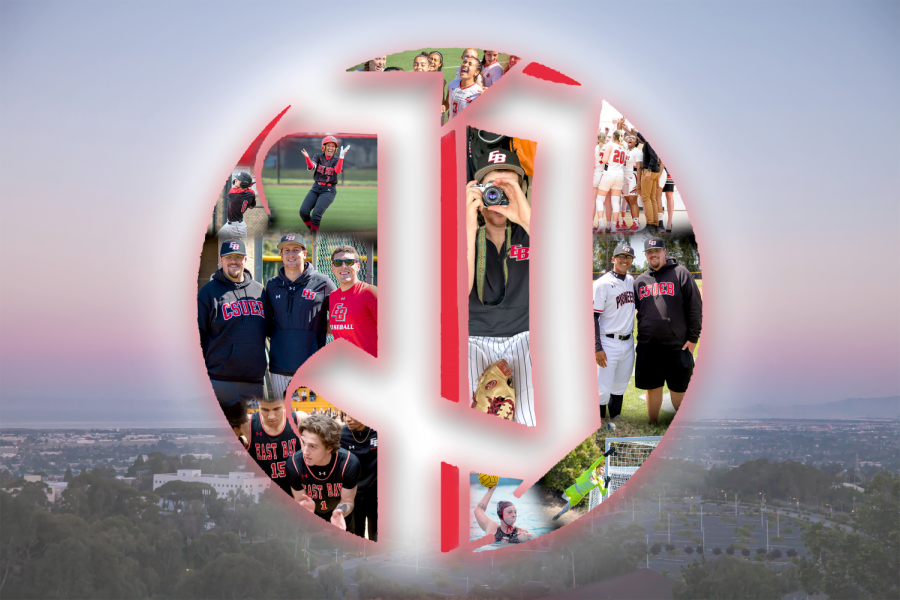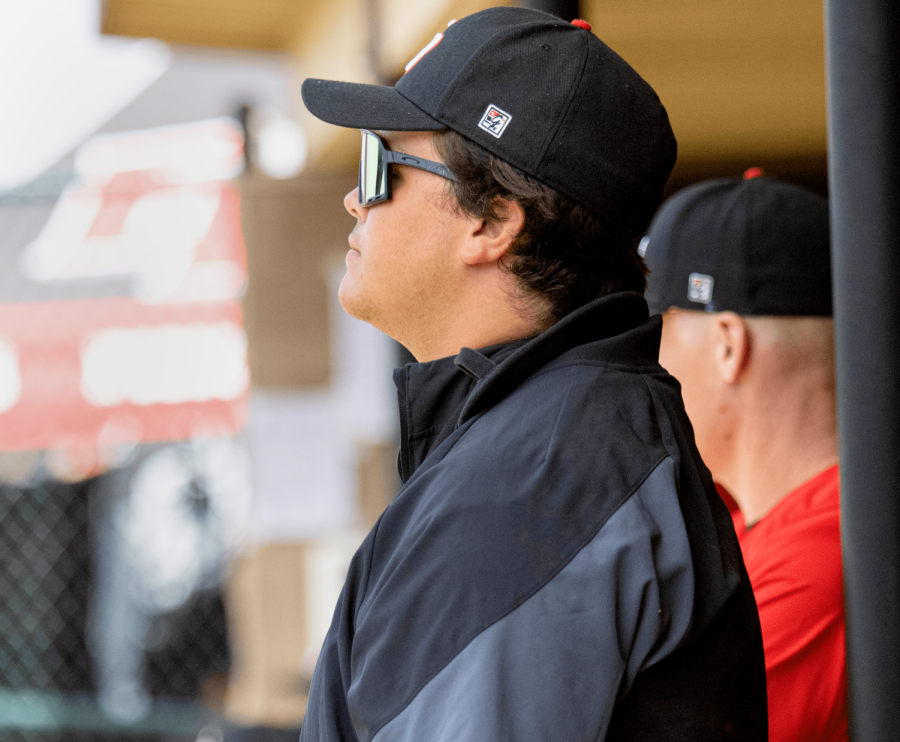A Taxpayer’s Response to Public-Sector Unions
During the 2010 campaign season, union contributions to candidates were just as heavy as corporate contributions as four of the top ten, and half of the top 20 political action committees (PACs), were arms of unions. The three major government-sector unions spent more than $171 million, plus an estimated $250 million worth of so-called volunteer activity such as get-out-the-vote effort, door-to-door campaigning and poll-watching. This gives these unions tremendous political clout and influences labor contract negotiations at every level of government. For decades, government employee unions, given collective bargaining rights by state governments, have used dues from employees towards funding PACs. These funds go to politicians who realize that their political fortunes may rise or fall on union support.
So we have a system whereby everyone negotiating public-sector union contracts has a vested interest in saying “yes,” decade after decade, to contract negotiation after contract negotiation, to ever-higher salaries, and fixed-benefit pensions, health care and other benefits with hardly a thought of how promises made will be funded going forward.
Who represents the taxpayer when:
• Top management, which usually does the actual negotiation, receives salary, pension and healthcare increases when the rank and file do;
• Elected officials, meeting behind closed doors, decide upon the governments’ positions, knowing that their political fortunes will most likely rise and fall on whether they displease the unions or not?
Owing to the perfect storm of an extended recession (that has led to low property and income tax levels); increased pension benefit formulas instituted in 1999 (California); heavy losses of the pension funds (sometimes 100 percent funded by tax money); younger retirement ages (as young as 50 for police and fire personnel); and the rapidly expanding wave of Baby Boomer retirements, the public is beginning to be faced with some unpleasant facts.
Voters are noticing that infrastructure needs are being delayed or put on hold completely. Public workforces are being pared, evidenced by fewer office hours in public facilities and/or decreased services being offered. Fines and fees are being raised to try and fill the funding gaps, evidenced by stricter and costlier parking enforcement or higher garbage fees.
In essence, the voters are wondering, “Why does it seem I’m paying more for the same or in many cases, for less?”
Unlike the federal government, which can keep borrowing money and printing it, state and local governments must balance their budgets every year. The era of gimmicks and borrowing from one special fund and adding it to the general fund is at an end. Taxpayer tolerance isn’t bottomless. Businesses are mobile, and usually establish themselves where taxes are lower and bureaucratic red tape more streamlined. People are mobile, too.
According to statistics compiled by the National Institute for Labor Relations Research, real personal income in right-to-work states grew 28.3 percent from 1991 to 2009, vs. 14.7 percent in forced-unionism states. Disposable income in right-to-work states stood at $35,543 per capita in 2009 vs. $33,389, and growth in real manufacturing GDP jumped 20.9 percent from 2000 to 2008, compared with 6.5 percent in forced-unionism states.
According to the Bureau of Labor Statistics, right-to-work states added 1.5 million private-sector jobs from 1999 to 2009 for a 3.7 percent increase; states that are not right-to-work lost 1.8 million jobs over the same decade, a decline of 2.3 percent.
A recent study has found that as an outcome of the 2010 census, states gaining congressional seats had significantly lower taxes, less government spending and were more likely to have right-to-work laws in place.
States that are roiled in unrest are witnessing what happens when the Piper must finally be paid. And it isn’t very pretty.











